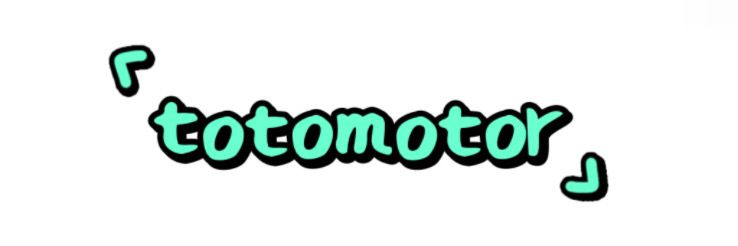Key Considerations When Purchasing Medical Non Woven Fabric
When selecting materials for medical applications, one crucial element that often takes a back seat is the type of fabric involved. One of the most important materials in this sector is Medical Non Woven Fabric. This innovative fabric, known for its unique characteristics compared to woven fabrics, has a wide range of uses in the healthcare industry.
Want more information on Medical Non Woven Fabric? Feel free to contact us.
Understanding Medical Non Woven Fabric
Medical Non Woven Fabric is engineered for use in applications where hygiene and cleanliness are paramount. This fabric is made from fibers that are bonded together, rather than woven, resulting in a lightweight and breathable material that provides excellent barrier properties.
Key Characteristics to Look For
When purchasing Medical Non Woven Fabric, consider the following characteristics to ensure you get the right product for your needs:
- Material Composition: Look for fabrics made from polypropylene, polyester, or a blend, as these materials are known for their durability and resistance to fluids.
- Weight: The weight of the non woven fabric can impact its strength and absorption capabilities. Lighter fabrics might be suitable for certain applications, while heavier varieties offer increased durability.
- Breathability: For surgical gowns and masks, breathability is an essential feature to prevent moisture buildup and ensure comfort for the wearer.
- Sterilization: Ensure that the fabric is suitable for sterilization processes, which is crucial for items used in medical settings.
Applications of Medical Non Woven Fabric
Medical Non Woven Fabric has a variety of applications within the healthcare sector, providing versatile solutions for different needs:
- Surgical Masks and Gowns: Essential for infection control.
- Wound Dressings: Provides a sterile barrier to protect injuries.
- Surgical Drapes: Used during operations to maintain a sterile environment.
- Disposable Bed Liners: Used in healthcare facilities for hygiene and cleanliness.
Evaluating Supplier Credentials
Not all Medical Non Woven Fabric manufacturers are created equal. To make an informed decision, consider the following:
- Certifications: Look for suppliers that have received relevant industry certifications such as ISO 13485 for medical devices.
- Quality Assurance Processes: Ensure the supplier implements thorough quality control procedures to maintain the integrity of their fabrics.
- Reputation and Reviews: Research feedback from other buyers to gauge the supplier's reliability and service efficiency.
Common Confusions and Solutions
Here are some common problems or confusions when purchasing Medical Non Woven Fabric along with practical solutions:
Problem: Uncertainty about fabric thickness and its impact on use.
Featured content:
Key Factors in Choosing a Spinning Production Line- Solution: Consult with suppliers about the recommended thickness for specific applications.
10 Essential Tips for Using a Fabric Pleating Machine EffectivelyProblem: Difficulty in understanding material safety.
- Solution: Request safety data sheets (SDS) for the materials, which detail any potential hazards and safety considerations.
Problem: Confusion over sterilization methods.
- Solution: Confirm with the supplier that the fabric can withstand your preferred sterilization method (e.g., ethylene oxide, steam).
Price Considerations
The cost of Medical Non Woven Fabric can vary significantly based on several factors:
- Material Type: Different materials have different price points.
- Production Volume: Ordering in bulk can often reduce costs per unit.
- Customization Needs: Customized products may incur additional costs.
To ensure effective budgeting, always compare quotes from multiple suppliers while taking into account the quality of the fabric.
Conclusion
When purchasing Medical Non Woven Fabric, make sure to consider the specific needs of your medical applications, evaluate the supplier's credentials, and remain aware of the various options available in terms of material and price. By following these guidelines, you can make an informed decision that prioritizes quality and functionality.
If you're ready to explore your options for Medical Non Woven Fabric or need more information about a specific application, don’t hesitate to reach out for expert advice or assistance. Your choice can make a significant difference in the quality of care you provide.
Are you interested in learning more about Panox Felt? Contact us today to secure an expert consultation!
- 0


